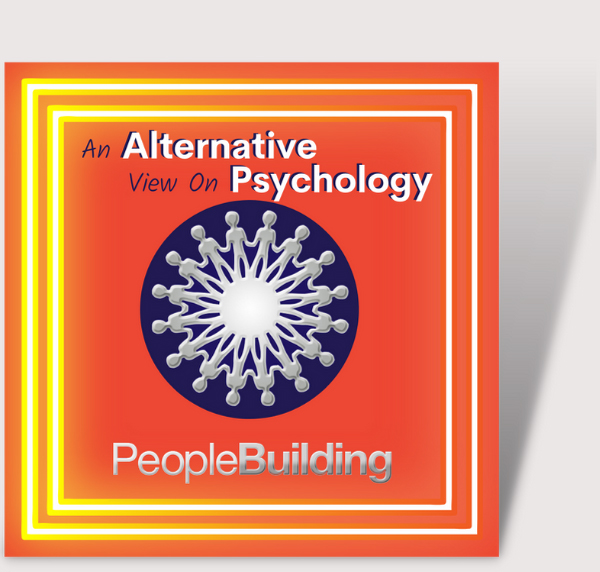With the rise in financial pressures, the need to work more efficiently and effectively also escalates. It’s not uncommon for me to encounter clients grappling with self-confidence issues, even though they may seem to have successful lives. Solicitors, CEOs, and managing directors often seek my help, feeling overwhelmed by the high expectations set for them. People Building now provides mental health support directly to corporate companies, catering to employees and managers: https://peoplebuilding.co.uk/employee-mental-health/.
The weight of their influential positions often causes these leaders to crumble under the immense pressure they face. Despite their exceptional education from esteemed universities and colleges, where they excelled academically and endured the rigours of exams and coursework, they discovered a crucial gap in their knowledge: the ability to be confident and assertive. Gradually, negative thoughts start to consume them, setting off a downward spiral that exacerbates the problem.
When it comes to clients struggling with confidence issues, I follow a consistent approach that proves beneficial for all. One crucial aspect is introducing them to the NLP communication model, which serves as an excellent foundation. It’s fascinating how often I discover negative self-talk or disempowering “movies” playing in their minds.
I also emphasise the importance of establishing rapport with others during our discussions. By building a connection with the people they communicate with, my clients can feel more at ease and confident in various situations. Interestingly, confidence is often not an issue for those who don’t frequently interact with others. It is the act of communication itself that reveals any underlying confidence issues. To illustrate this point, I ask my clients to guess the most influential aspect of their communication: is it the words they use, the tone of their voice, or their body language? The results often surprise them as they discover how people communicate in harmony with each other. It becomes evident that the mind and body are intricately linked. As my clients gain this awareness, they start to recognize the signals they have been sending to others and how their thoughts have been impacting their own emotions negatively. To further enhance their understanding, I sometimes provide information about sensory predicates and how we experience the world through our senses. This knowledge can be immensely valuable as it empowers my clients to communicate effectively by “speaking the language” that resonates with the listener.
In my consultations, I always ask numerous questions to gain insights into the individual. This also allows me to observe how someone lacking confidence is using their body language. If I notice signs like slumping, shallow breathing, and avoiding eye contact, I address it with them later on. I focus on transforming their body language to that of a confident person. Introducing them to the Satir categories, which are different personality types identified by Virginia Satir, enables them to experiment with various physiologies linked to each category. This shift in physiology helps them tap into the associated emotions and feelings, empowering them to practice communicating with more confidence.
I always make sure to cover the fundamental techniques, but there are numerous other NLP strategies to boost the client’s confidence. For instance, a Swish Pattern targets confidence issues in a specific situation, a New Orleans flexibility Drill can tackle anxieties linked to a particular individual and a resource anchor can provide a powerful surge of positive emotions whenever the client needs it.
Looking to provide mental health support for your employees? Look no further! Our brochure can be found at https://peoplebuilding.co.uk/employee-mental-health
By Gemma Bailey
https://peoplebuilding.co.uk/practitioners/gemma-bailey/


